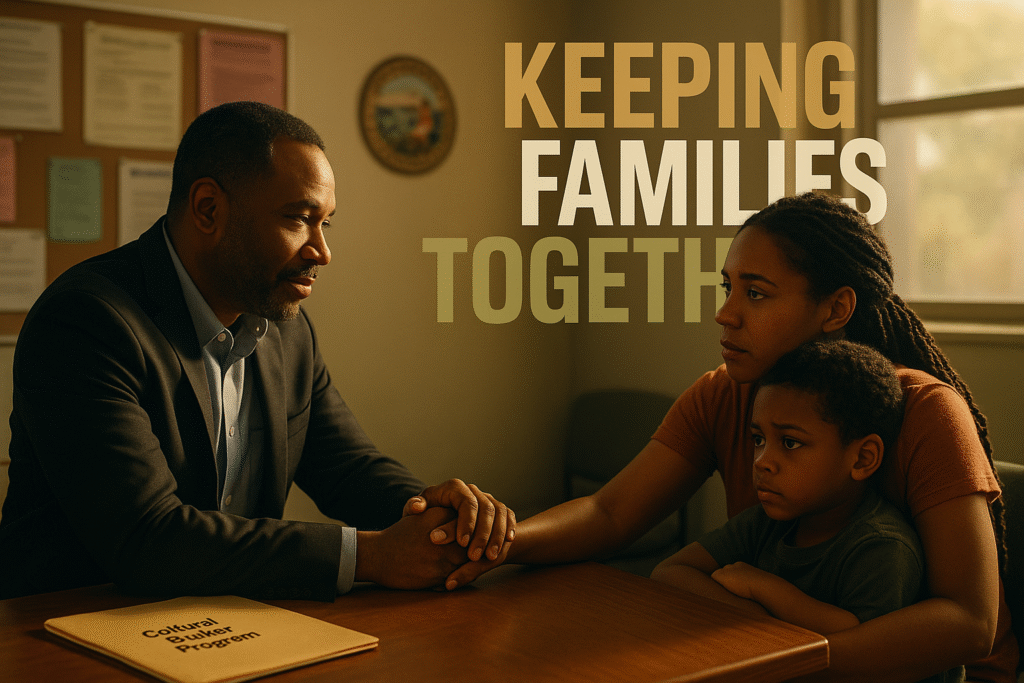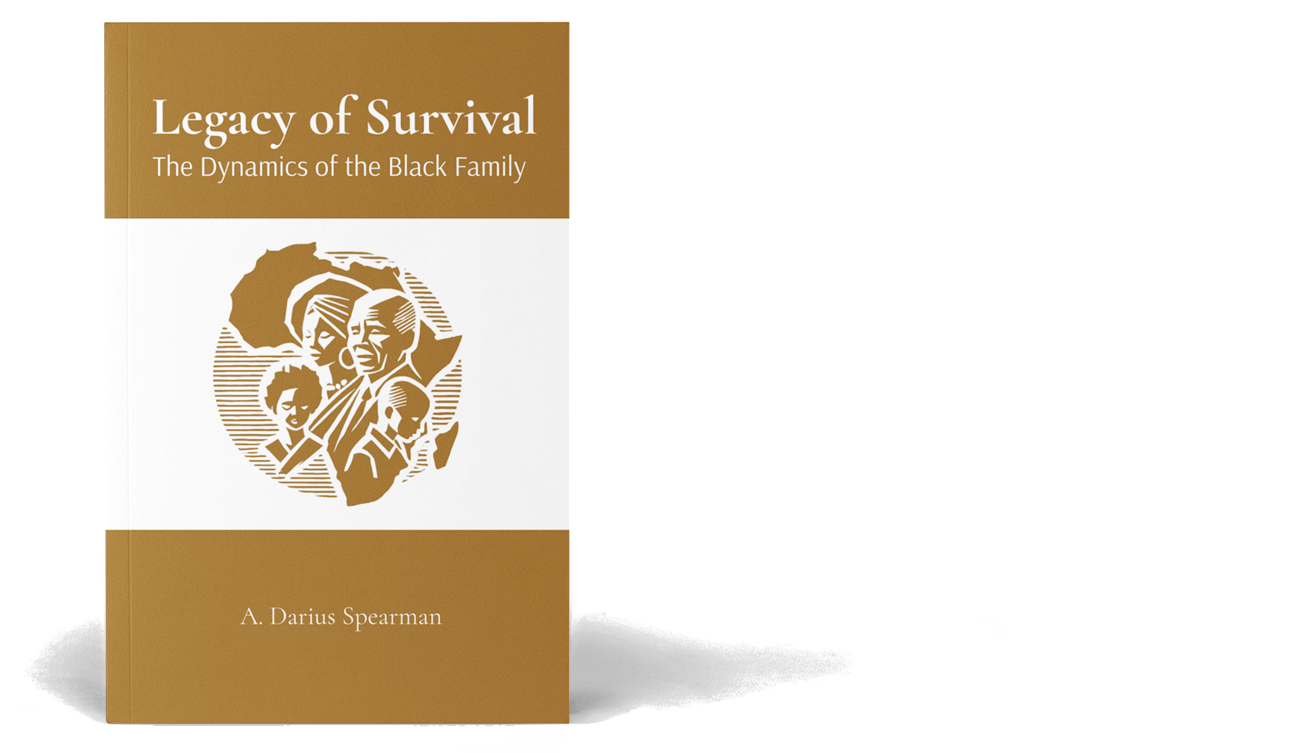

Sacramento’s Cultural Broker Program: Success, Struggle, and Survival for Black Families
The History Behind The Headlines
By Darius Spearman (africanelements)
Support African Elements at patreon.com/africanelements and hear recent news in a single playlist. Additionally, you can gain early access to ad-free video content.
Introduction: Progress Meets Bureaucracy in Child Welfare Reform
In Sacramento, a small but mighty program has reduced Black children’s foster care entry by 31.5% since 2020, building trust where there was only suspicion (SacObserver). Cultural brokers—community advocates from the Black community—help navigate CPS, provide support, and keep families together. However, this program now faces looming cuts due to federal funding standards designed for “evidence-based” practices, not local innovation (Abridged).
Cultural Brokers: Redefining Support for Black Families
Community-based agencies staff cultural brokers who bridge the gap between Black families and government social workers. They facilitate understanding and drive reunification rather than removal. Data shows 90% of referred families saw cases closed successfully—children were reunified or placed permanently, not lost to the system (SacObserver).
However, cultural brokers are not county employees, nor is their approach a “standardized manual.” Trust in their independence builds real solutions for Black Sacramento families, many of whom have generational mistrust of CPS due to systemic harm (Center for Health Journalism).

Proven, Yet Unapproved: The Federal Evidence Barrier
Despite strong data, the cultural broker program cannot tap primary federal funds. The Family First Prevention Services Act (FFPSA) allows prevention funding only for programs rated as “evidence-based” by a federal clearinghouse—an expensive, years-long process most community groups cannot access (Abridged). Even a successful Sacramento pilot required costly research evaluations and cannot yet secure this key funding stream (Imprint News).
Cultural Broker Outcomes at a Glance
Cultural Broker Success Rates
Historical Root: Systemic Racism in Child Welfare
Black children have been systematically overrepresented in foster care since the system’s origins in slavery. Separation of Black families was once law and custom. Later, Jim Crow, “suitable home” rules, and mass removals for poverty kept families apart, all rationalized under “protection” (Family Justice Initiative).
This legacy means that mistrust is not paranoia; it is memory. Today, Black children are still three times as likely as white children to be removed from their families, fueling calls for community-driven, culturally-specific intervention (CBCFinC).
Key Terms: Child Welfare Equity
Conclusion: The Stakes for Today’s Families
Sacramento’s progress shows what is possible when communities lead, but also exposes how funding rules anchored in “neutral” research often reinforce old wrongs. Black families deserve systems built on their strengths and lived experience. Funding flexibility and true evidence equity are required to keep proven, locally-rooted solutions alive (Center for Health Journalism).
ABOUT THE AUTHOR
Darius Spearman has been a professor of Black Studies at San Diego City College since 2007. He is the author of several books, including Between The Color Lines: A History of African Americans on the California Frontier Through 1890. You can visit Darius online at africanelements.org.

